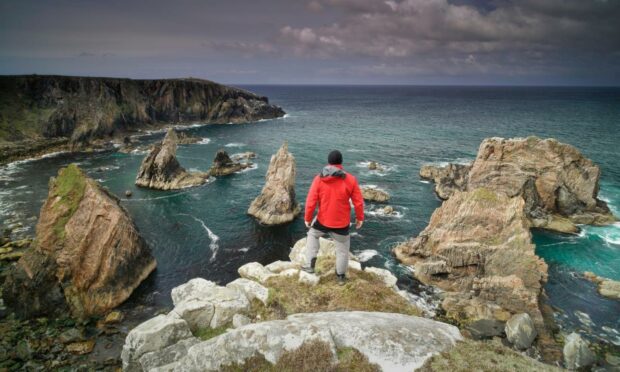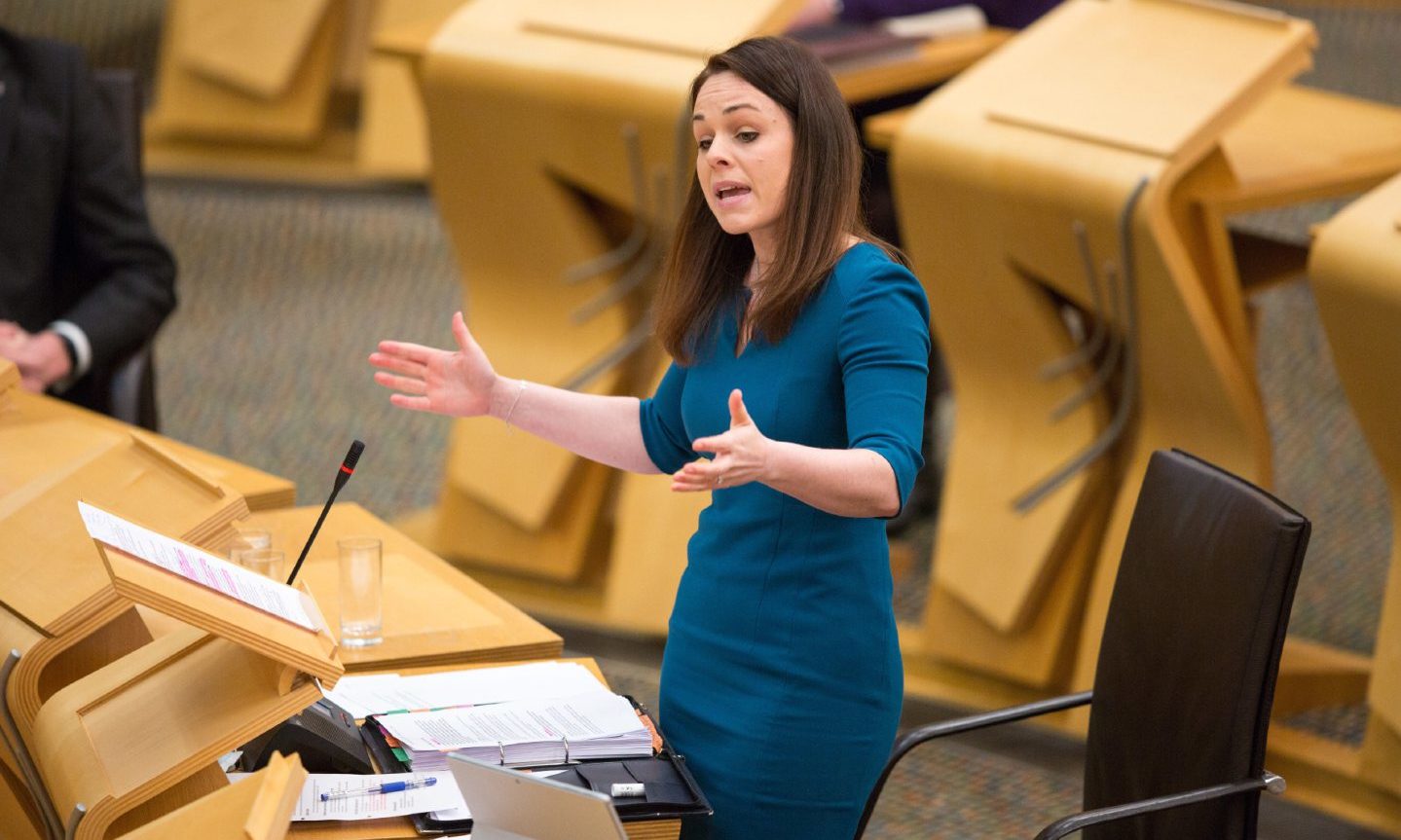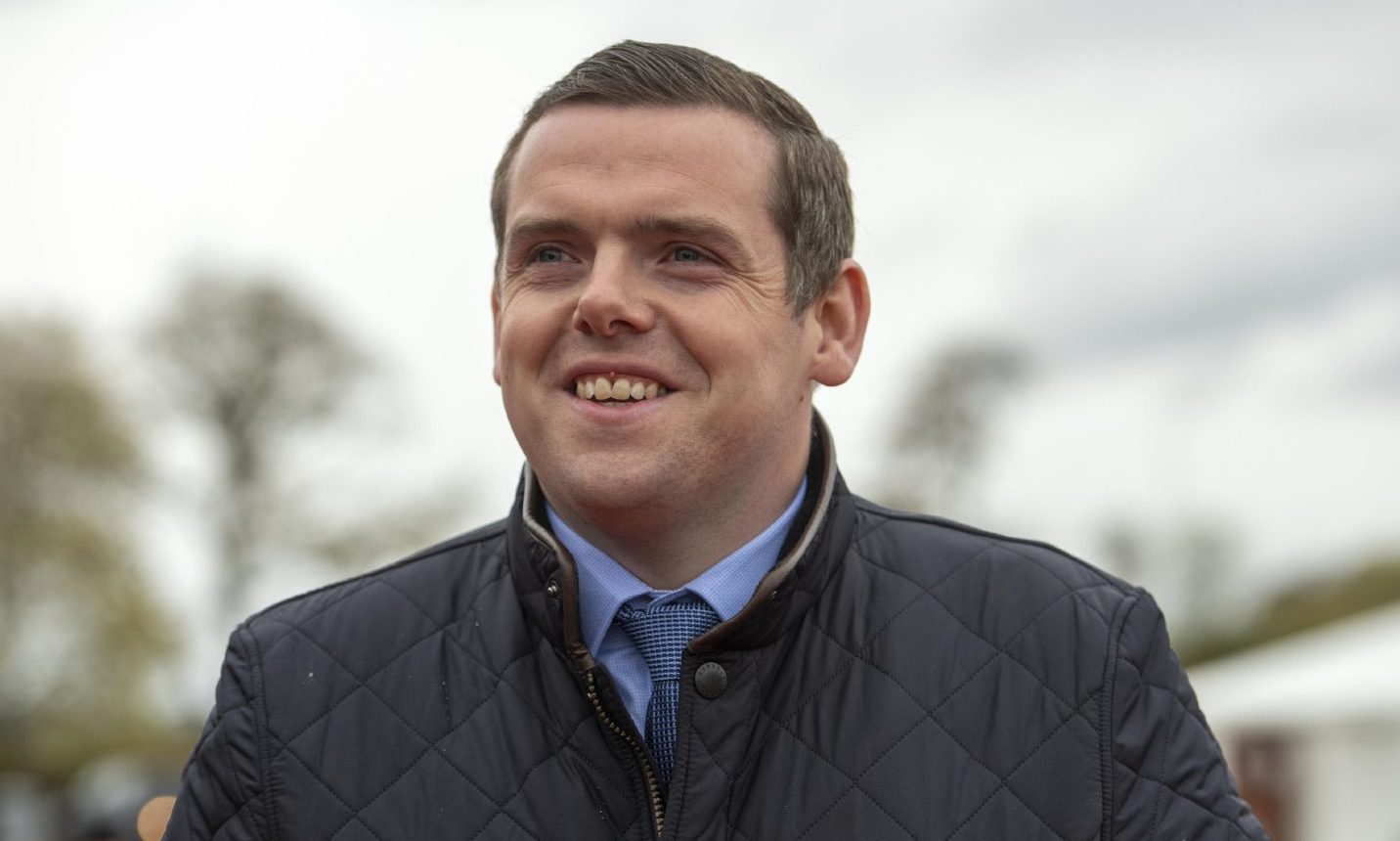There is growing recognition that rural localities across the Highlands and Islands are in the grip of what’s been called an “existential” and “devastating” housing crisis.
That recognition is shared by politicians – with Kate Forbes, the Scottish Government’s cabinet secretary for finance and MSP for Skye, Lochaber and Badenoch, commenting
in the run-up to May’s election that “the very life of our communities is at stake”.
So far, however, this concern hasn’t been matched by action on the scale required to ensure community survival and, beyond that, renewal.
Especially in more scenically attractive areas – in Badenoch and Strathspey, on the west coast and in the Hebrides in particular – house after house is ceasing to be available for local occupancy. Some become second homes. Others become the sort of holiday let that is made available, on a daily or weekly basis, to Britain’s swelling numbers of “staycationers”.
This is greatly to the financial advantage of the owners or former owners of those properties. But the wider consequences, socially and economically, are calamitous.
A generation’s ambitions and life chances are being destroyed
Survey after survey has shown that large numbers of young people – local and incomer alike – want to set up home and make their lives in the Highlands and Islands. But all too often they can’t do this because they can’t obtain houses to rent or buy at prices they can afford.
A generation’s ambitions and life chances, then, are being destroyed by their having nowhere to stay. Nor does the damage end there.
In a country where rising house prices tend to be seen (rightly or wrongly) as a good thing, there aren’t many electoral dividends in forcing prices down
Because of accommodation shortages, businesses are unable to recruit or retain badly needed employees. Key services such as medical practices, hospitals and care homes face similar staffing difficulties. School rolls shrink and schools close because fewer folk in their 20s and 30s means fewer children also.
How to counter this downward spiral?
We need more affordable housing
Government, it’s suggested widely, could introduce taxation and regulatory reforms that would make ownership of second homes and holiday lets a much less attractive proposition.
But for all that Kate Forbes has pledged to pursue these possibilities, she’s likely to run into political difficulty – not least from the many people doing very well out of existing arrangements. In a country where rising house prices tend to be seen (rightly or wrongly) as a good thing, there aren’t many electoral dividends in forcing prices down.
Much simpler in principle would be the construction of far more new housing than is presently available. Some such homes might be for rent, some for eventual purchase subject to a legally enforceable insistence on homes in this category remaining in full-time local occupancy.
Something of this is already underway. Community development groups and organisations like the Communities Housing Trust, which operates across the Highlands and Islands, are making heroic efforts to provide affordable homes in Gigha, Colonsay, Staffin, Applecross, Fort Augustus and lots of other localities.
Where might the money come from?
There are all sorts of obstacles – having to do, for instance, with land availability and planning restrictions – in the way of these initiatives. But by far the biggest barrier is lack of the cash required to come anywhere near meeting housing need in places now at risk of becoming nothing other than holiday enclaves.
Where might the money come from? Could the Scottish Government rejig its approach to economic development in the Highlands and Islands to make housing (without which local economies will anyway fall apart) its number one spending priority? And could the UK Government lend a hand?
Back in the 1950s, when Tory governments financed the construction of 250,000 council houses annually, social housing was one of Conservatism’s central objectives. Further back, in the 1920s, a Tory-dominated coalition spent huge sums on providing Highlands and Islands families with crofts and grant-aided croft houses.
Could Boris Johnson and his ministers be persuaded to give today’s Highlands and Islands the sort of attention given to the region by their political predecessors of a century ago?
The omens aren’t good. UK ministers, after all, have refused to make the Highlands and Islands a priority area in the context of their Shared Prosperity Fund – London’s supposed replacement for aid that, pre-Brexit, came from Brussels.
Time, perhaps, for the four Conservative MSPs recently returned to Holyrood from the Highlands and Islands – Douglas Ross, Donald Cameron, Edward Mountain and Jamie Halcro Johnston – to mount a joint mission to Westminster with a view to telling Tory colleagues that Mr Johnson’s “levelling up” agenda ought to give more attention to the part of Scotland these same four represent.
That would be a so-called “union dividend” well worth having.
Jim Hunter is a historian, award-winning author and Emeritus Professor of History at the University of the Highlands and Islands













